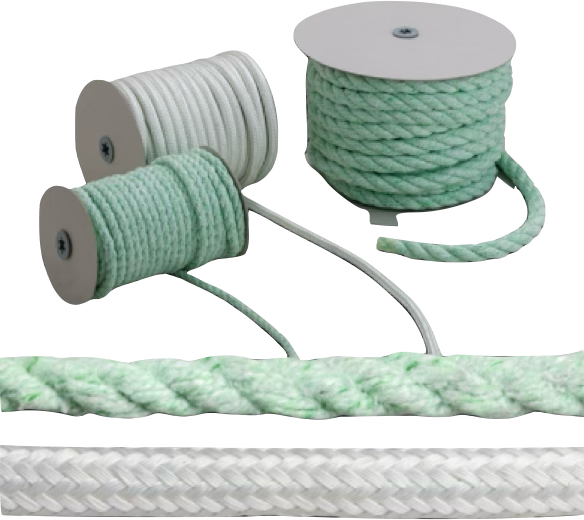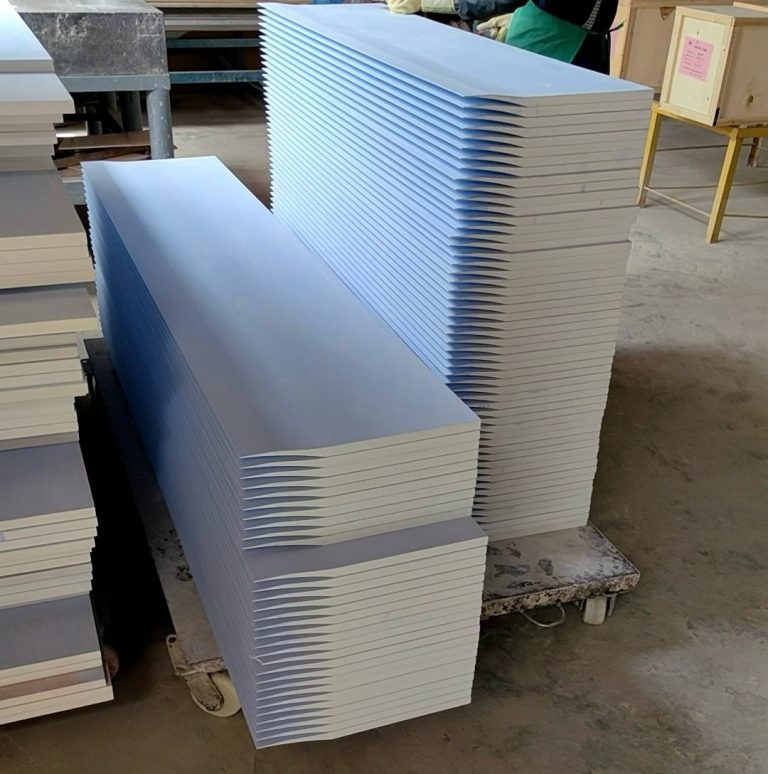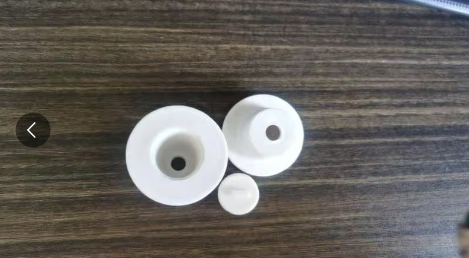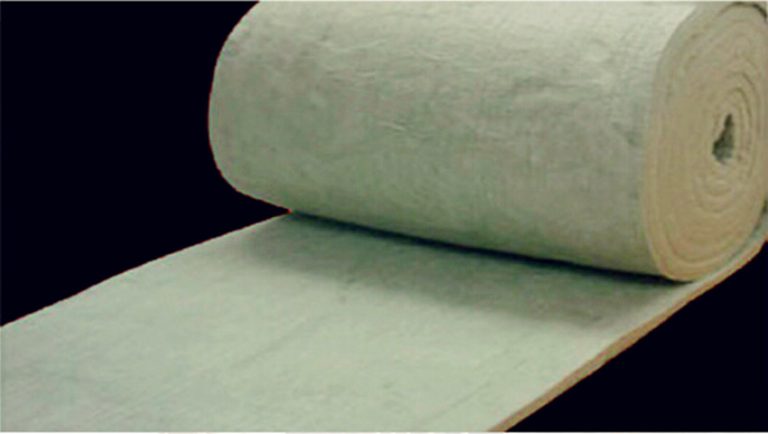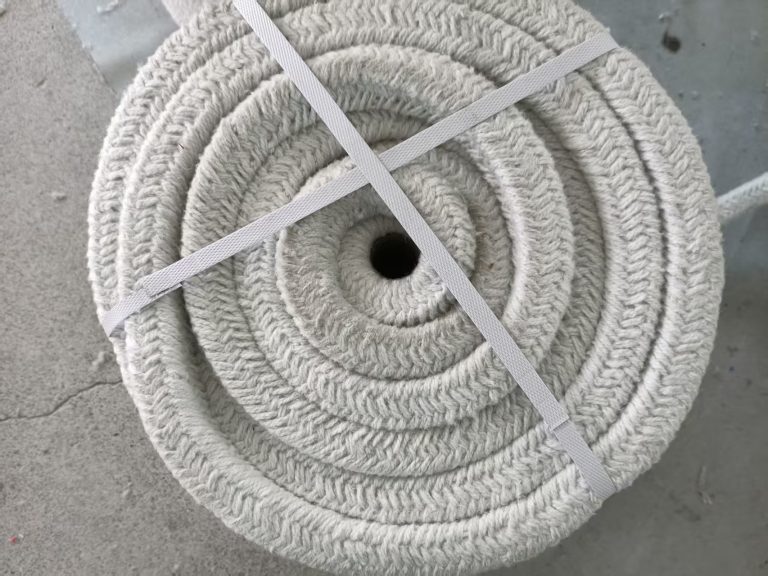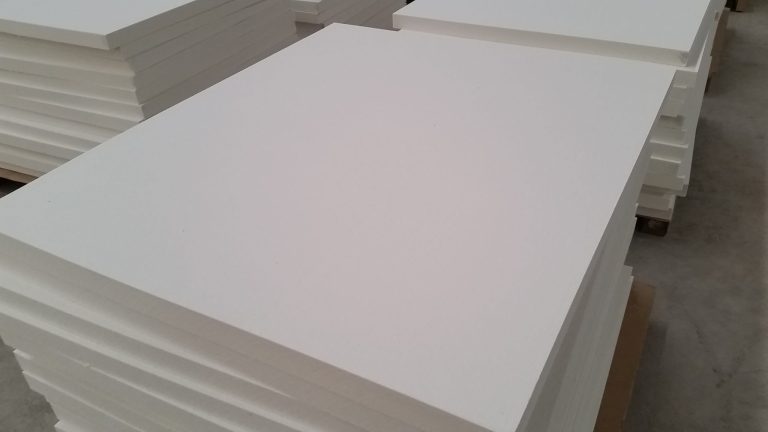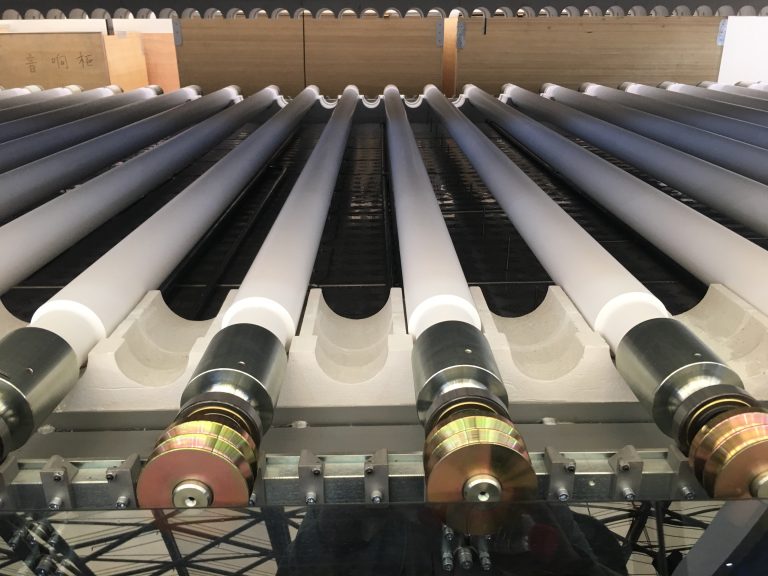
Introduction to Ceramic Fiber Vacuum-Formed Components
Ceramic fiber vacuum-formed special-shaped parts are advanced insulation materials created through a specialized vacuum forming process. These custom-shaped components offer exceptional thermal resistance, withstanding temperatures up to 1600°C (2912°F). Their unique manufacturing process allows for precise dimensional control, making them ideal for complex industrial applications where standard insulation products won't fit.
Key Advantages of Vacuum-Formed Ceramic Fiber Parts
- Superior Thermal Performance: Excellent insulation properties with low thermal conductivity
2. Custom Shapes: Can be manufactured to precise specifications for complex geometries
3.Lightweight: Significantly lighter than traditional refractory materials
4.Energy Efficient: Reduces heat loss in industrial processes
5. Chemical Resistance: Stable in most corrosive environments
6.Low Heat Storage: Quick thermal response for better process control
Manufacturing Process Explained
The vacuum forming process involves:
Mixing ceramic fibers with binders
Forming the mixture under vacuum pressure
Precision drying and curing
Final machining to exact specifications
Common Applications in Industry
Furnace linings and doors
Boiler insulation
Thermal processing equipment
Aerospace components
Petrochemical industry
Power generation systems
Choosing the Right Ceramic Fiber Grade
Different ceramic fiber compositions are available:
Standard grade (up to 1260°C/2300°F)
High purity (up to 1400°C/2552°F)
Zirconia enriched (up to 1600°C/2912°F)
Maintenance and Installation Tips
Handle with care to avoid fiber breakage
Use proper sealing techniques for maximum efficiency
Regular thermal imaging checks recommended
Follow manufacturer's guidelines for replacement cycles

